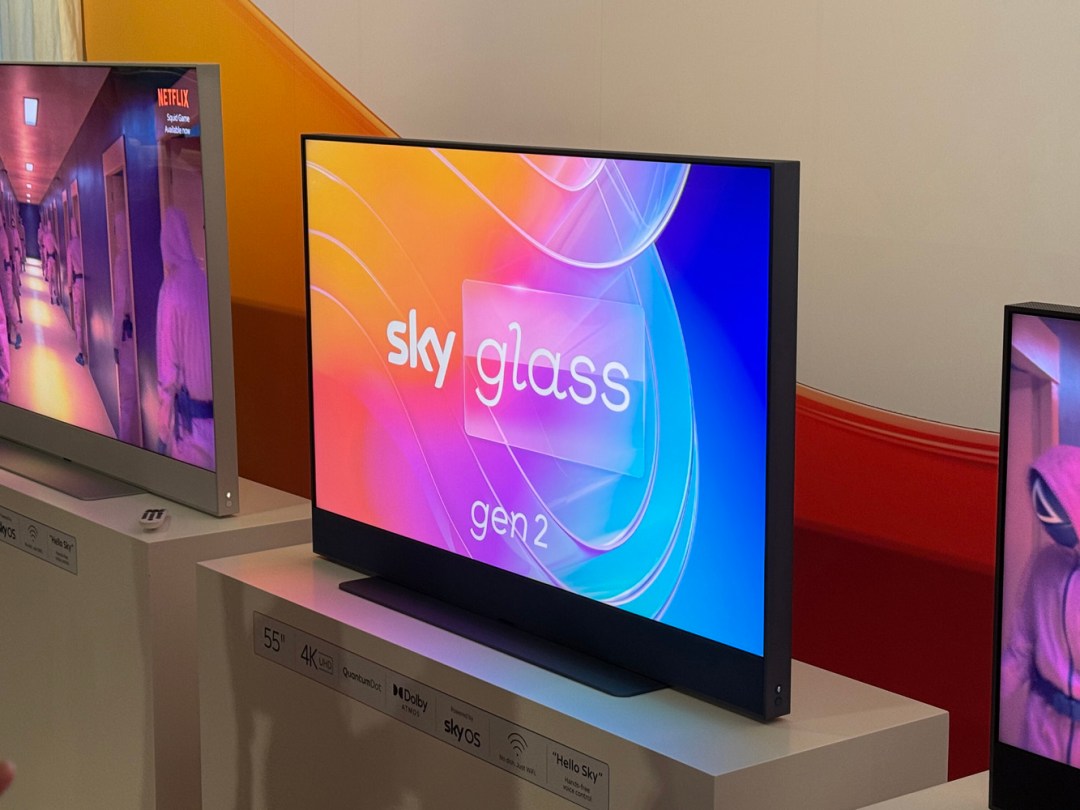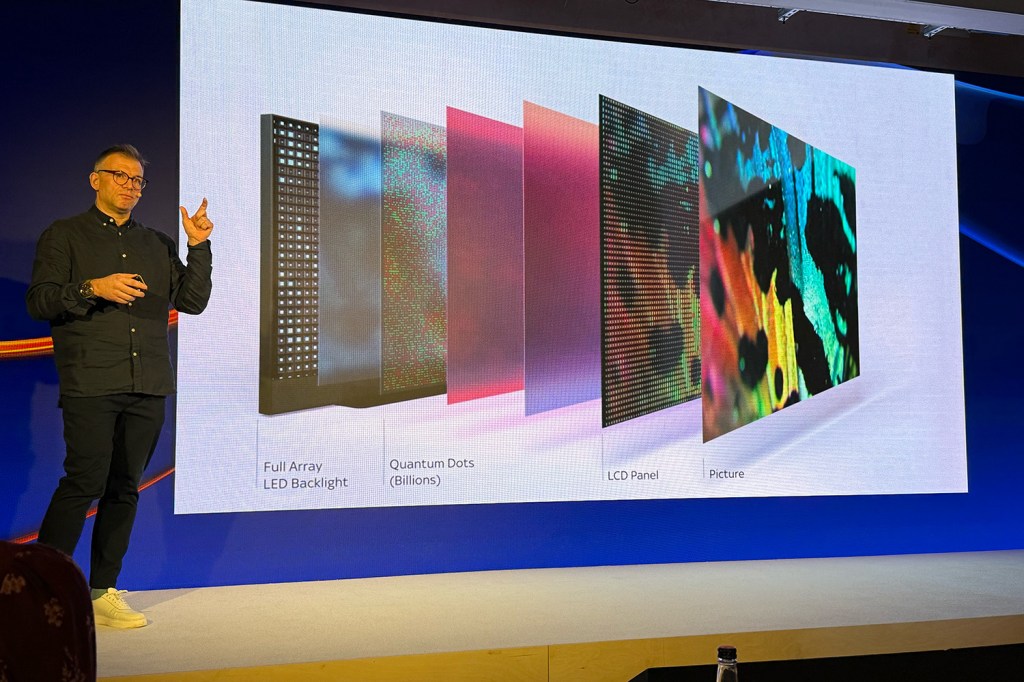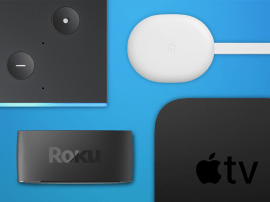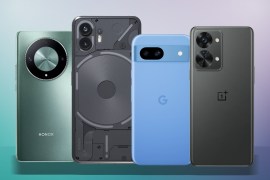Sky Glass Gen 2 is still just a mid-range TV – but I think that’s OK
I love to see new OLED and Mini LED TVs, but Sky Glass is proudly aimed at a more modest price point. And that's actually fine

I was at the launch of Sky Glass Gen 2 yesterday. It’s a modest update of the popular QLED 4K TV with a brighter display and even better Dolby Atmos integrated soundbar.
I have to say I had expectations of the display being upgraded to Mini LED tech to butt up against models like Amazon’s Omni Mini LED TV and numerous other launches such as the Hisense U7N. I was definitely expecting Glass to become more premium.
But I was wide of the mark with my expectations. And, actually, there’s nothing bad about that. OK, so I’d love there to be a Mini LED or even an OLED version, but Sky is very clear that it’s laser-focused on producing cheaper models that appeal to customers on lower subscription fees (like its predecessor, Sky Glass Gen 2 starts from £14 per month) than more niche offerings.
OLED TVs may be taking over the premium market, but you want that display tech you need to be prepared to pay for it. And if you do take the plunge, then there are numerous choices to pick from. And, of course, Sky Q and Sky Stream are readily available for Sky customers if you don’t want Glass.
Indeed, instead of going upmarket, Sky doubled-down on its current strategy. Later in 2025 it will sell an even cheaper version of Glass, called Glass Air and with a scaled-back sound system. It still has a QLED panel, but presumably, it’s the one from Sky Glass Gen 1 (or a cheaper version). It clearly didn’t have the colour depth or contrast of the Gen 2 TV during demos at the launch yesterday.
“Like we’ve said multiple times before, our mission [with Sky Glass] is to give the best possible experience to the most possible people,” said Sky and Comcast’s chief product officer Fraser Stirling during the announcement of the new models. “We make products for our customers, and that’s what we’ve got to focus on.”

Stirling elaborated on this in a later session during the launch event. “You know, if we make products for ourselves, it may be cool, but we are not our customers… The idea of the best possible experience for the most possible people is something we think about all the time.”
Indeed, customer research was also the reason cited by Sky staff at the launch for retaining some of the more mediocre specs such as just three HDMI ports and retaining a 60Hz refresh rate when 120Hz is now normal. But Sky has worked to fix some of the teething issues I and others experienced in the early days of Sky Glass. It has drastically improved the software on its TVs since launch, rolling out over 500 updates to Entertainment OS (now called Sky OS) on Sky Glass and Sky Stream since the launch of Glass Gen 1 in 2021.



One persuasive aspect of Sky Glass is undoubtedly its Dolby Atmos-capable sound system. At the event, Sky pointed out that only around 20% of people have their TV hooked up to an external soundbar and that Glass continues to offer plenty to people who don’t have separate sound capabilities.
So it’s clear that Sky Glass will target the entry-level (with Air) and mid-range for the foreseeable. Although Sky is clearly very careful about saying what it wants to do with Glass, a more premium model will surely be in its sights at some point. And while we’d love to see that in 2026, the fact it’s been four years between Sky Glass hardware launches perhaps shows these things sometimes don’t need to be rushed.



